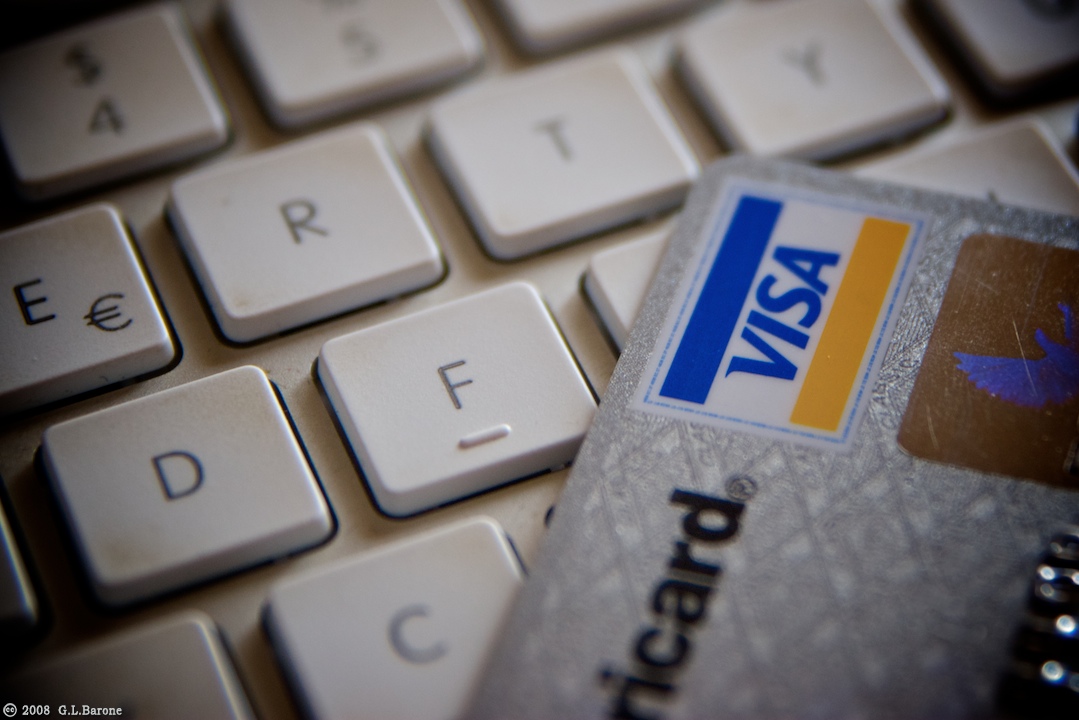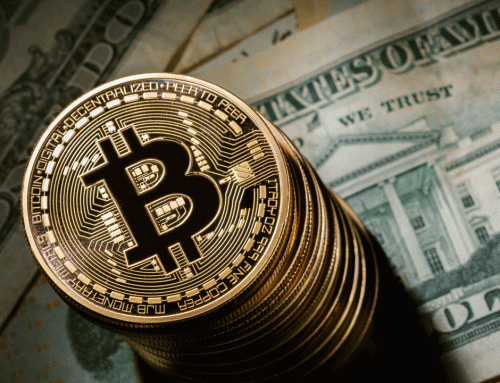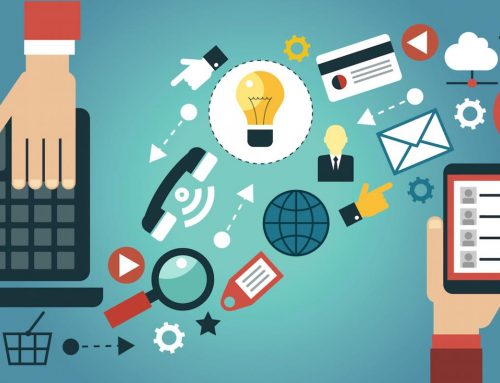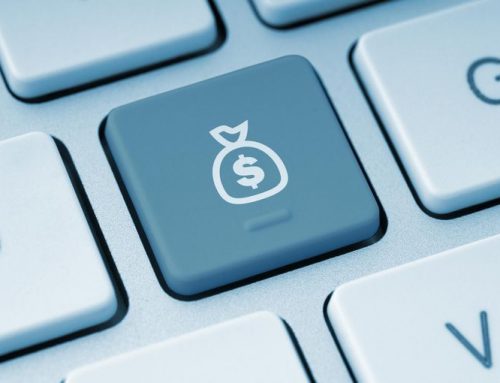You want to start an online transaction but apparently, you don’t know how that works.
Well, this approach called payment processor.
What is a payment processor?
Payment processors empower Merchants to get a charge or Credit Card payments online by giving an association with an Acquiring Bank. These processors perform many capacities, for instance, assessing whether exchanges are valid using anti-fraud measures to guarantee that a buy Transaction is started by the source it claims to be.
Processors are held to principles and controls sorted out with credit card affiliations where these norms incorporate tenets with respect to extortion and fraud.
Another concept that is related to online transactions is the payment gateway.
A payment gateway is your entryway to making deals on the web. It enables you to charge your client’s on their card for any transaction they did on the web and allows you to take card installments straightforwardly from your site.
It is a middle person between the exchanges that occur on your site and the payment processor.
This is required in light of the fact that it is denied, because of security reasons, to transmit exchange data straightforwardly from your site to a payment processor.
Another important concept that integrated with any online transactions is the Merchant Account.
Merchant Account is the sorts of financial balances that allow shippers to accept credit cards payments on the web. These accounts are needed if you want to use a payment gateway on your website where you can find numerous payments portal organizations provide this accounts.
Now, how the payment processor, the Merchant Account and the payment gateway work together?
.
Suppose that you want to purchase a product online so you choose the item and you enter your credit card information. First, your information will be sent to the payment gateway that acts as a middleman between you and the bank. Then, this information will be passed securely to the Merchant Account through the payment processor.
While that, the payment processor contact with your bank and send the information to check if you exceeded the card limit and if your card is valid. However, the connection between the processor and the bank is through a credit card network that acting like a middle man. The next step is that your bank will either accept or reject the request and send that back to the payment processor where in case the transaction was approved then the processor will send the information back to the gateway and store this information so you can complete the purchase process.




